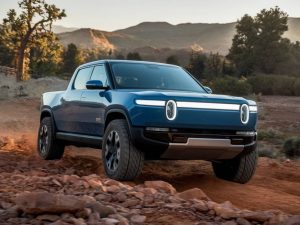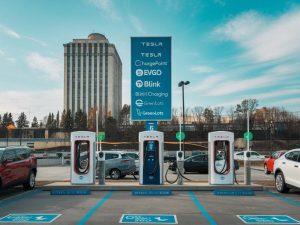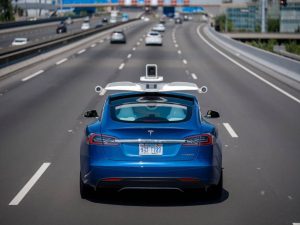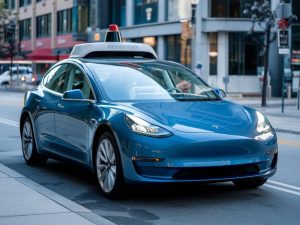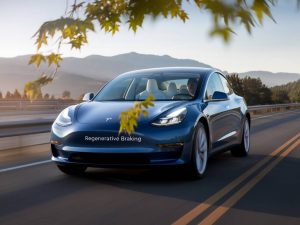How new epa regulations will impact automakers’ push toward electrification
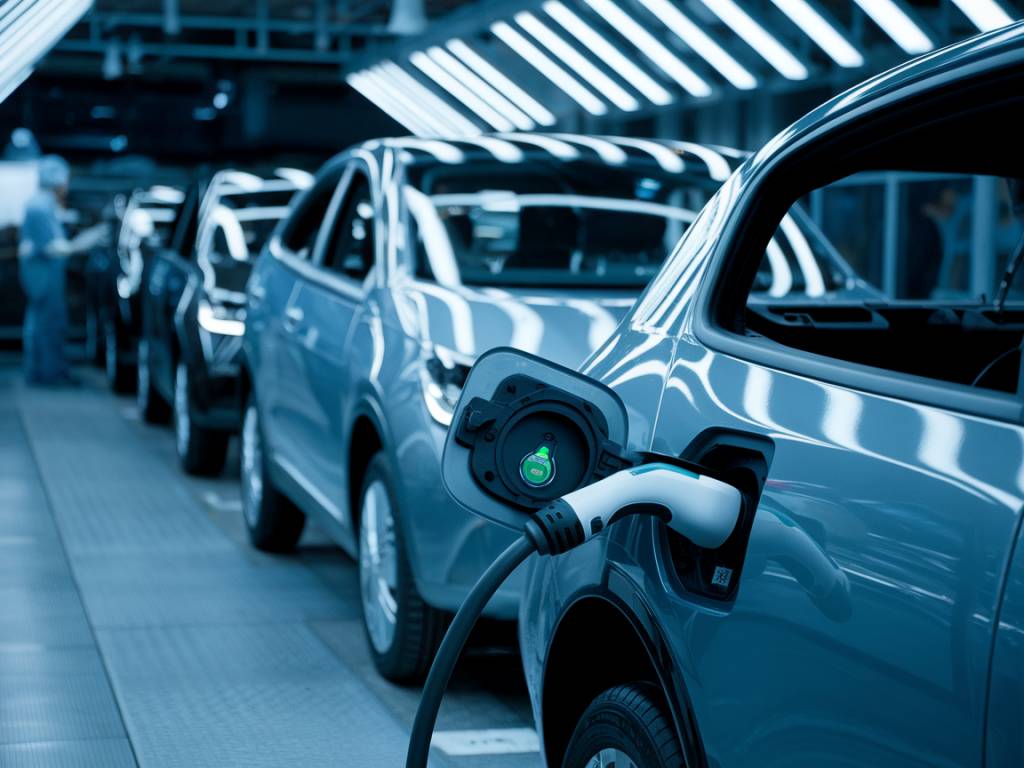
how new epa regulations will impact automakers' push toward electrification
The automotive industry is experiencing a seismic shift as new Environmental Protection Agency (EPA) regulations push automakers toward greater electrification. With a strong focus on reducing greenhouse gas emissions and improving fuel efficiency, these regulations are setting the stage for the future of the car industry in the United States.
Understanding the New EPA Regulations
The EPA’s latest regulations aim to combat climate change by setting stringent standards on vehicle emissions. By enforcing stricter limits on carbon dioxide (CO2) emissions and other pollutants, the EPA intends to accelerate the shift from internal combustion engine (ICE) vehicles to electric vehicles (EVs) and other alternative fuel technologies.
Key aspects of these regulations include:
- Stricter CO2 Emission Standards: New rules mandate significant reductions in CO2 emissions for new passenger cars, trucks, and SUVs.
- Fuel Economy Improvements: Enhanced standards promote the development of more fuel-efficient vehicles, encouraging the use of hybrid and electric technologies.
- Incentives for Zero Emission Vehicles (ZEVs): Automakers are provided with credits for producing ZEVs, making it profitable to invest in EV technology.
Impact on Traditional Automakers
Traditional automakers, long reliant on ICE technology, face considerable challenges as they adapt to these new regulations. The transition involves significant financial investments, retooling production lines, and developing new supply chains.
Despite these challenges, several manufacturers are making strides towards electrification:
- Research and Development: Major automakers are increasing their R&D budgets to innovate and comply with regulations.
- Production Adjustments: Firms are reconfiguring factories to produce more EV components and reduce reliance on fossil fuels.
- Strategic Partnerships: Collaborations with tech companies and battery manufacturers are becoming common as automakers look to leverage expertise and reduce costs.
The Role of Electric Vehicles
Electric vehicles are at the forefront of the automotive industry’s response to EPA regulations. EVs offer a viable solution to reducing emissions and meeting fuel efficiency standards. Here’s how:
- Zero Tailpipe Emissions: EVs produce no tailpipe emissions, making them an ideal solution for reducing CO2 emissions.
- Advancements in Battery Technology: Continued improvements in battery efficiency and cost are making EVs more accessible to a broader audience.
- Government Incentives: Federal and state incentives are available to both consumers and manufacturers, promoting the adoption of EVs.
Infrastructure and Consumer Adoption
The successful adoption of EVs relies heavily on the development of adequate infrastructure and consumer acceptance. Key elements include:
- Charging Networks: Expanding public and private charging networks is critical for alleviating range anxiety and promoting EV usage.
- Consumer Education: Educating consumers about the benefits of EVs and addressing common misconceptions is crucial for widespread adoption.
- Incentives and Rebates: Government rebates and tax incentives can lower the initial cost barrier for consumers looking to switch to EVs.
Several states are leading the way in infrastructure development, creating a more supportive environment for EV adoption. Companies like Tesla, ChargePoint, and EVgo are continually expanding their charging networks, making it easier for EV owners to find charging stations.
The Future of the Automotive Industry
The introduction of the new EPA regulations is accelerating the transformation of the automotive industry. The landscape is being reshaped as automakers, policymakers, and consumers adjust to a future dominated by electric vehicles.
Key trends to watch include:
- Advancements in Autonomous Technology: Autonomous driving technology is closely linked to electrification, with many self-driving cars being electric.
- Urban Mobility Solutions: The focus on reducing emissions is promoting alternative urban mobility solutions like electric scooters and shared EVs.
- Global Collaboration: Automakers are increasingly engaging in global partnerships to share technology and resources, speeding up the development of new EV models.
Investment in cleaner technologies is crucial for staying competitive in this rapidly evolving market. Automakers that successfully navigate the shift towards electrification will not only comply with environmental regulations but will also be better positioned to meet the demands of an eco-conscious consumer base.
Looking Ahead: Opportunities and Challenges
The drive towards electrification presents both opportunities and challenges for the automotive industry. Key opportunities include:
- Market Leadership: Companies that innovate can establish themselves as market leaders in the EV sector.
- Environmental Impact: Reducing vehicular emissions contributes to improved air quality and environmental health.
- Technological Innovation: The shift promotes advancements in technologies like batteries, software, and materials.
However, challenges remain:
- High Initial Costs: The cost of developing new EV models and setting up infrastructure can be prohibitive.
- Supply Chain Issues: The demand for materials like lithium and cobalt for batteries may lead to supply chain constraints.
- Consumer Acceptance: Overcoming consumer resistance to new technology and addressing concerns about range and charging times are ongoing challenges.
As we move forward, the role of government policies and incentives will be crucial in shaping the trajectory of the automotive industry. Continued collaboration between the public and private sectors can foster an environment conducive to innovation and growth, ultimately leading to a cleaner and more sustainable future for transportation.
The new EPA regulations mark a pivotal moment for automakers in the United States. By embracing electrification and investing in the necessary technologies, automakers can meet regulatory requirements, drive technological advances, and cater to the evolving preferences of consumers. The road ahead may be challenging, but it promises a transformative journey towards a more sustainable and electrified automotive industry.

